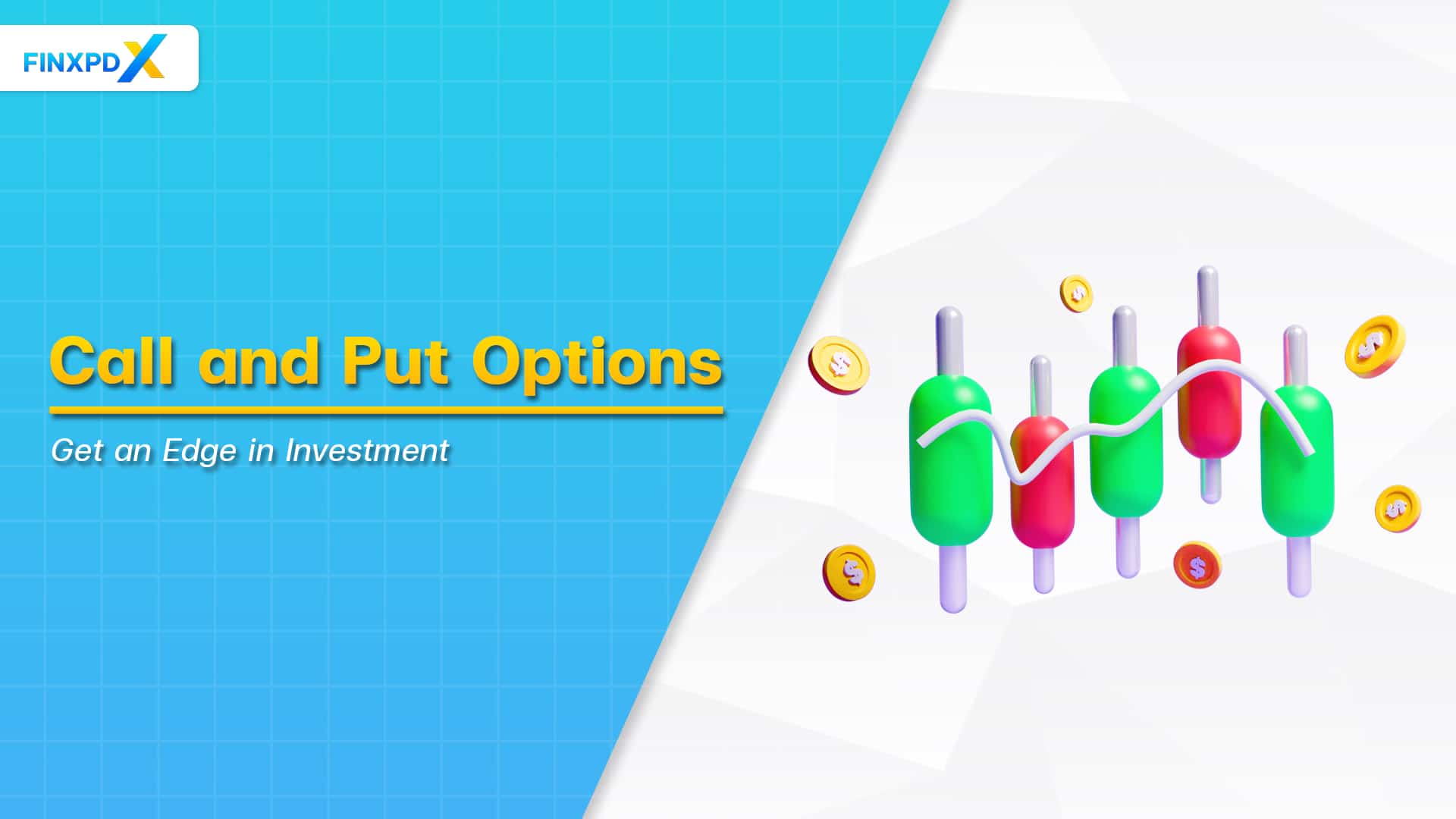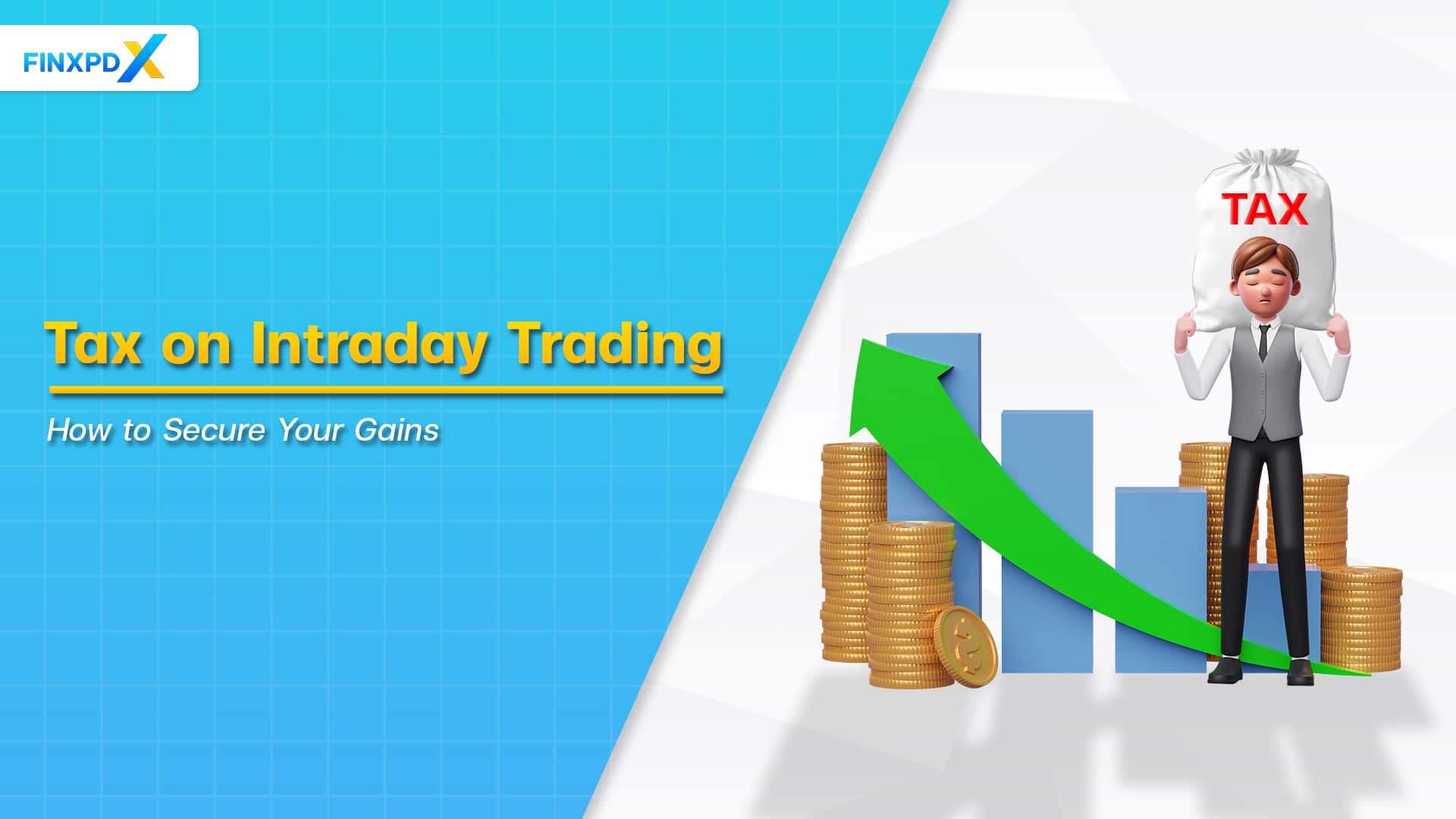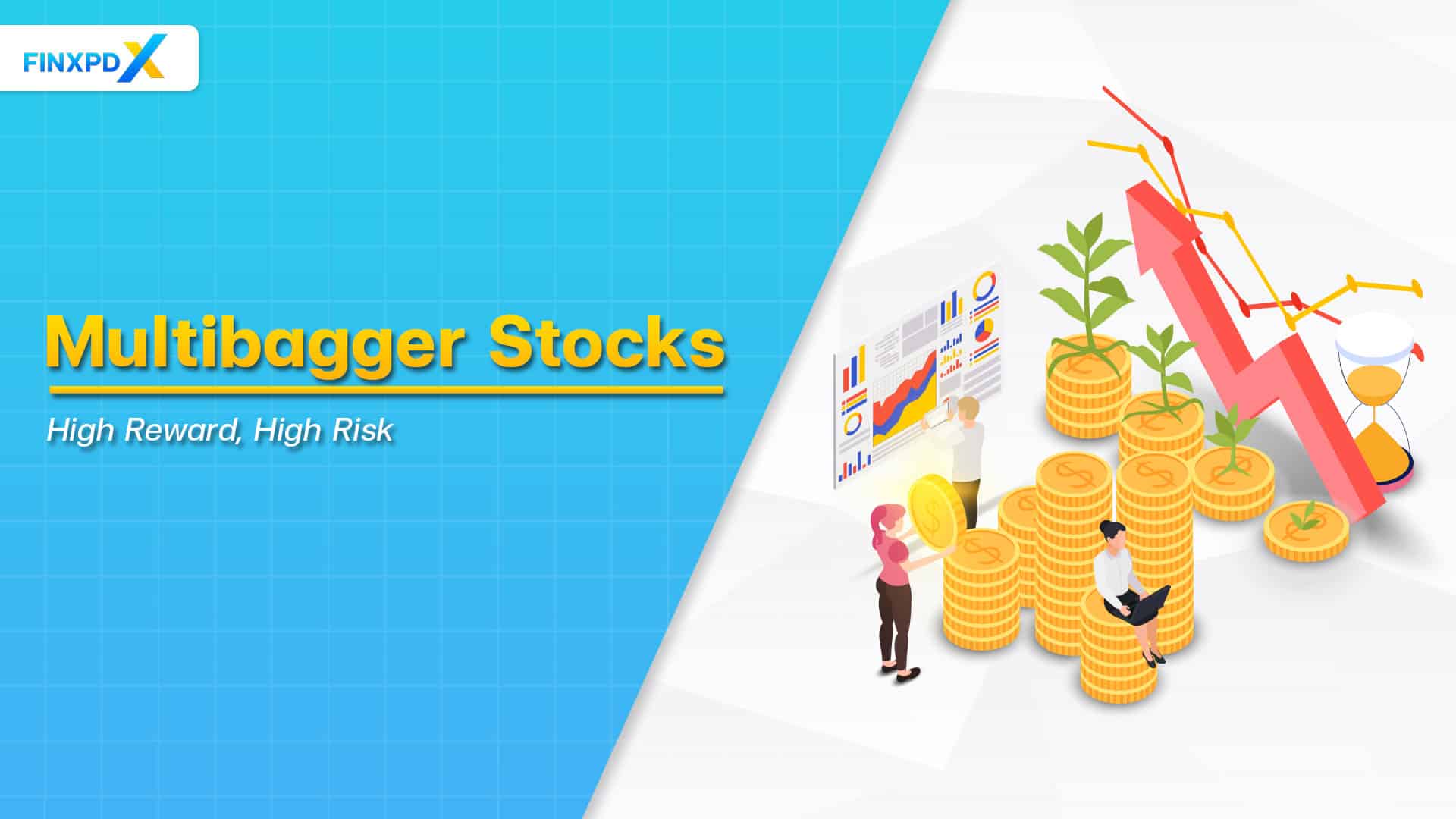Call and put options are fundamental components of options trading and the financial markets, allowing investors to make strategic choices in their trading plans. In this article, we will explore the definitions of call and put options, their operational mechanisms, key differences, related terms, and the benefits they offer to traders.
What Is the Call and Put Option?
Call and put options are financial contracts that provide individuals with the right, but not the obligation, to buy or sell a specific asset at a fixed price within a specified time frame. These options offer flexibility and strategic advantages.
Call options are often used when traders predict that the price of the underlying asset will rise, while put options are used when expecting that a price will fall. Both options are financial tools for traders and investors to profit from market movements and manage risk.
Key Takeaways
- Call option and put option are financial contracts that allow individuals to buy or sell assets at agreed prices within set timeframes.
- Call options are suitable for expecting rising asset prices.
- Put options are used for expecting price declines.
- The potential for profit with call options occurs when the market price exceeds the strike price, while put options occur when the market price falls below the strike price.
Terms Related to Call and Put Option
Understanding the standard terms is important when trading options to help traders navigate the trading session easier. Here’s a simplified guide to the important vocabulary:
| Terms | Meaning |
|---|---|
| Strike Price | The set price at which you can buy (for call options) or sell (for put options) the stock. |
| Spot Price | The current market price at which an asset, like a stock, can be bought or sold immediately. |
| Option Premium | The price you pay to buy an option. |
| In the Money (ITM) | ITM indicates that exercising the option at that moment would lead to a financial gain. |
| Out of the Money (OTM) | OTM describes the status of an option that wouldn’t immediately result in a profit if exercised at the current time. |
| At the Money (ATM) | The option’s strike price is the same as the stock’s current price. |
| Option Chain | A list of all available options for a stock, showing different prices and dates. |
| Open Interest | The total number of open options contracts that haven’t been settled. |
How Do Call and Put Option Work?
In this part, we will explain how call and put option work and why this knowledge is essential to understand.
1. Call Option
A call option gives the holder the right to buy an underlying asset, such as stocks, commodities, or currencies, at an agreed price known as the “strike price” before or on a specified expiration date.
To apply this, a buyer pays a premium to the option seller. The potential for profit occurs when the market price of the underlying asset exceeds the strike price before or on the expiration date.
⚠️ Tip: The call option may expire without being used if the market price stays at or falls below the strike price, and the buyer’s loss is only the premium they paid.
Example of Call Option
Suppose you believe that company A’s stock, currently priced at $50, will increase in value in the coming months. In this scenario, you would buy a call option for company A with a strike price of $55 and an expiration date three months from now, with a premium of $3 per share.
If the stock price increases above $55 before the expiration date, you can use the call option to buy the shares at the strike price of $55 and sell them at a profit in the market. Your maximum loss is the $3 premium paid.
2. Put Option
A put option provides the holder with the right to sell an underlying asset at the strike price before or on the expiration date.
To obtain this, the put option buyer pays a premium to the option seller. The potential for profit with a put option occurs when the market price of the underlying asset falls below the strike price before or on the expiration date. Consequently, the put option becomes profitable since the holder can sell the asset at the strike price.
⚠️ Tip: The put option may expire before using if the market price remains above the strike price or rises.
Example of Put Option
Suppose you hold a bearish outlook on company A’s stock, currently trading at $100 per share. You buy put options with a $90 strike price and an expiration date one month away, incurring a $5 premium per share. If the stock price falls below $90, your put options become profitable.
However, if the stock price drops to $80, you can sell at the $90 strike price and buy back at the lower market price, resulting in a $5 per share profit after deducting the premium.
Differences Between Call and Put Option
Options are crucial tools that give traders more control and opportunities. There are two main types, call options and put options, supporting different trading strategies and expectations about market trends.
| Aspects | Call Option | Put Option |
|---|---|---|
| Function | Grants the right to buy | Grants the right to sell |
| Investor’s View | Expects prices to rise | Expects prices to fall |
| Potential Gains | Unlimited, as stock prices can rise indefinitely | Capped, as stock prices can’t fall below zero |
| Potential Loss | Limited to the premium paid | Limited to the premium paid |
| Impact of Dividends | May lose value if a dividend is announced | May gain value as dividends make stocks less attractive |
| Exercise Conditions | Profitable when the market price exceeds the strike price plus the premium | Profitable when the market price is below the strike price minus the premium |
Benefits of Using Call and Put Option
These options offer traders several advantages that can help enhance their strategies and manage risk effectively.
1. Diversification of Portfolio
One of the key benefits is the ability to diversify your investment portfolio. By applying options to your holdings, you can spread risk and potentially increase returns.
2. Risk Management
Call options can act like insurance to protect against your assets losing value, while put options protect against price increases. This risk management aspect is crucial in volatile markets.
3. Leverage
Options help traders control a larger position with a small investment, providing leverage. This expands potential profits but should be used cautiously, as it also comes with potential losses.
4. Income Generation
Call options, when applied as part of a strategy involving holding the underlying asset and selling them to collect premiums, can generate income for investors.
5. Speculation
Traders can use options for speculative purposes, betting on the future direction of an asset’s price without owning the asset. This can lead to substantial profits if predictions are correct.
Conclusion
Call and put options are powerful tools for investors looking to improve their market strategies. Call options can be great for taking advantage of rising markets, while put options are useful for protecting against market drops.
Incorporating these options into your trading plan can help manage risk, diversify investments, and potentially increase returns. They offer high flexibility, allowing you to adapt your strategies to changing market conditions and generate income or protect your assets as needed.
Understanding both call and put options is crucial for making informed decisions in the trading world. Traders should always consider the associated risks and manage them carefully to make the most out of their investments.
FAQs
Call and put options provide the right to buy or sell assets at fixed prices within specified timeframes.
Call options grant the right to buy an asset at a fixed price, while put options provide the right to sell at that price before or on an expiration date, with profit potential based on market price and strike price.
Call and put options offer diversification, risk management, leverage, income generation, and speculative opportunities to enhance trading strategies and manage risk effectively.
If the market price remains at or falls below the strike price, both call and put options may expire without being used. In such cases, the loss is the premium paid to acquire the option.
Risks in call and put options trading include the potential loss of the entire premium paid for the option if the market doesn’t move as anticipated, as well as time decay, which reduces the option’s value as the expiration date approaches.
Related Articles:
- Option Chain: Learn the Key Factors for Successful Trade
- Tax on Intraday Trading: How to Secure Your Gains
- Types of Derivatives: How to Choose the Right One?
- What Is Intraday Trading? Unlock Daily Market Opportunities
Read more: Stocks








